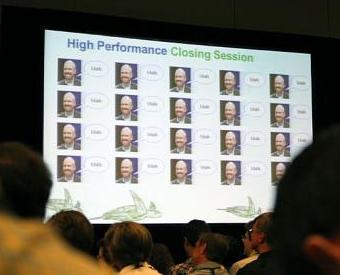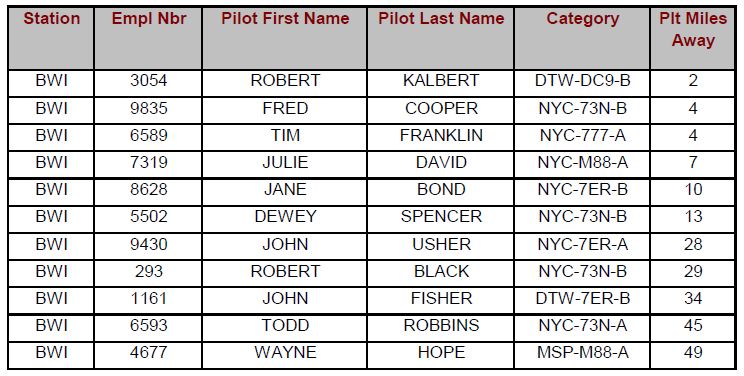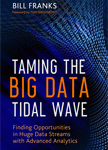All Posts

Chris Hemedinger, Principal Technical Architect and veritable SAS celebrity, shared observations from his many years participating in SAS Global Forum as well as his favorite moments from this year’s event in a rousing keynote during a packed Closing Session yesterday. His presentation, “You don’t have to go home … but

Like Vince said a few days ago, you don’t have to be Goliath to see how the intersection of big data and high performance analytics creates competitive advantage. Let’s also be realistic though: compared to someone like Walmart, pretty much everyone’s David! While Telstra and the Commonwealth Bank may not be the largest companies by global measures, they’re still
Creating bar charts with log response axis has come up a few times in the past few days. Before we look into how we could do this, it would be worth pointing out the considerable opinion in the blogosphere against use of log response axes for bar charts. See BizIntelGuru and

Disasters happen every day. Often times they occur at inconvenient hours and in remote locations. So it’s important to have a plan - before the emergency - to get qualified personnel to those locations in the most efficient way. Pilots are an example of qualified personnel who could act as

Reducing the data gatekeeper role helps people at all levels of the organization quickly interact with data and uncover significant value. That's business intelligence in a nutshell, but what's new with BI these days?

SAS-L isn't a 'community' in the way that the social media world typically defines community. You won't find Tweating or blogging in SAS-L, and there's no profile to build. But for those who use SAS-L, it is undeniably a community.

In this second Tech Talks chat, Chris Hemedinger talked with R&D staffers about SAS Visual Analytics Explorer, SAS iPad apps, and some really cool "From the labs." Check out his talk with Nascif Abousalh-Neto, Manager of SAS BI Visualization R&D; Scott McQuiggan, Manager of SAS BI Mobile R&D; and

A basic tenet in any profession - whether you're a statistical programmer, developer or blogger - is save your work. For statisticians, saving is important, but archiving is KING! You never know when your client may want you to roll back to a previous version or when someone else may

Bill Franks’s new book, Taming the Big Data Tidal Wave: Finding Opportunities in Huge Data Streams with Advanced Analytics, has just released. This book shows how big data is changing the world of analytics; what people, processes, technologies, and mindsets are necessary to succeed in analytics in this new era;

Nancy Rausch, from SAS R&D, is driving a short demonstration of how to access Hadoop via SAS Data Integration Studio. Take a look. You're probably going to want to take a look at this paper, too: What's new in SAS Data Management?

Today, everyone from chief marketing officers to the senior vice president of sales to bloggers want to know more about the behavior of the readers and consumers who are clicking on Web pages, Internet articles and blogs. Clickstream data is a valuable source of information about the products, services and information that resonates with

How can you go home on time? Take a quick tour with these 5 tips that I was able to summarize for my students in the SAS SQL 1: Essentials class yesterday. Since they found it handy and asked if it could become a blog post, I thought I’d share
On Friday before the conference, I presented a 1 day "developer led" seminar on SG Procedures and GTL, along with a discussion of new features for SAS 9.3. The experience was very gratifying as all users were now using SAS 9.2, and some were using SAS 9.3. We had a lively

sasglobalforum2012 on livestream.com. Broadcast Live Free New this year to SAS Global Forum are Tech Talks. In this session, Chris Hemedinger is chatting with: High-Performance Data Mining Jared Dean, Director of SAS Enterprise Miner R&D Text Analytics and Sentiment Analysis: Case study of AllAnalytics.com Jim Cox, Senior Manager of

Many companies are challenged not only with analyzing big data, but with storing and accessing the data. In some cases, organizations can choose an open source storage solution to reduce costs. One popular open source solution is Hadoop. Anna Brown is talking with Paul Kent, Vice President Big Data at SAS,





